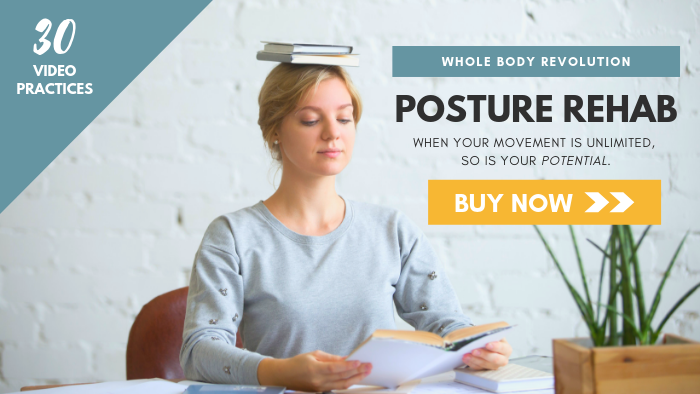Reader question…
“My energy levels are not what they used to be and I have physical limitations. I’m curious how much those physical limitations are simply ‘labels I’ve accepted from a doctor’ or if I can overcome them? We’re talking weak heart and poor lung function due to years ago childhood heart surgery. I think I’ve done extremely well but am afraid of a mindset that may gel into rigidity! How does one deal with doctors ‘who see a statistic’ and how do I avoid the resultant ‘statistic diagnosis’ from creeping into my belief system?”
This is such a thorny question. On the one hand, a medical diagnosis can provide relief, peace of mind and the sure knowledge of what is actually going on in your body. But, it also has a dark side. Once you have a medical diagnosis for the symptoms you are experiencing, it’s very easy to fall into the trap of letting your condition define the scope of what’s possible.
First, it’s important to know that most diagnoses, especially for pain-related conditions, are simply names for a group of symptoms. Tendonitis, for example, simply refers to inflammation in a tendon. It does not explain why the tendon became inflamed in the first place, or what is causing continued inflammation. It’s simply the process that’s happening in your body. Scoliosis just refers to a sideways S-curvature of the spine. The diagnosis does not explain how it happened, only that it is present in your body.
Second, most doctors – certainly not all, but far too many – have only two tools with which to treat you: pharmaceutical drugs or surgery. Lifestyle recommendations, dietary changes and targeted exercises or stretches that go beyond the very basic recommendations are outside of most doctors’ knowledge base, unless they choose to specialize in such things. I have seen many people with movement aberrations, pain, stiffness, inflexibility, limited range of motion and physical instability regain a healthy, flexible, strong body that is pain-free by seeking alternative methods of healing.
Physical limitations are real, I’m not doubting that, but you honestly have two choices. On the one hand, you can accept the label and all the limitations that go with it. On the other, you can look at the label, accept that this may be your current state for now and then commit to finding a solution, keeping an open mind about what might possibly make you feel better. There really is no in between. You’re either working to feel better or staying the same, and attitude is really the key.
Your body is your own laboratory and you –only you – know what’s best for it. Diagnosis isn’t a label, it’s a question, an opportunity to discover how good you can really feel.
 About Mike Mahler
About Mike Mahler